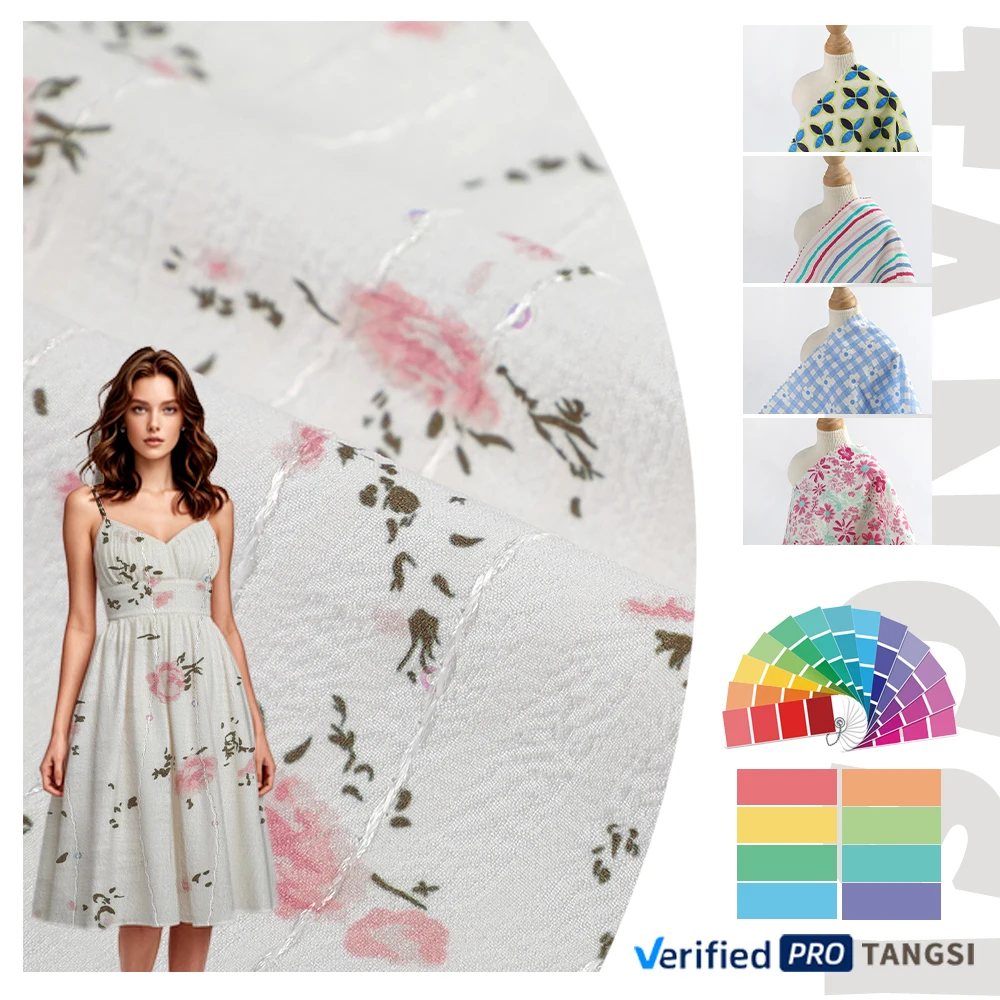In recent years, the demand for sustainable materials has surged, and bamboo fiber has emerged as a frontrunner in the eco-friendly textiles market. This natural fiber, derived from the fast-growing bamboo plant, is not only biodegradable but also offers a plethora of benefits that appeal to environmentally conscious consumers. As awareness of environmental issues grows, so does the popularity of bamboo fiber, making it a compelling choice for those seeking sustainable fashion options.

The Advantages of Bamboo Fiber
Bamboo fiber stands out due to its unique properties that enhance both comfort and durability. One of the primary advantages of bamboo fiber is its softness, often compared to silk. This luxurious feel makes it an ideal material for clothing and home textiles. Additionally, bamboo fiber is highly breathable, allowing for excellent moisture-wicking capabilities. This means that garments made from bamboo fiber can keep the wearer cool and dry, making it a great choice for activewear and summer clothing.
Moreover, bamboo fiber possesses natural antibacterial properties, which help reduce odors and keep fabrics fresher for longer. This quality not only enhances the lifespan of the textiles but also minimizes the need for frequent washing, contributing to water conservation efforts. As consumers become increasingly aware of their ecological footprint, the antibacterial benefits of bamboo fiber make it a smart choice for sustainable living.
Environmental Impact of Bamboo Fiber Production
The production of bamboo fiber is significantly more sustainable compared to conventional cotton or synthetic fibers. Bamboo grows rapidly, reaching maturity in just three to five years, and requires minimal water and no pesticides for cultivation. This makes bamboo fiber a highly renewable resource that can be harvested without depleting the earth’s natural resources. Furthermore, the process of converting bamboo into fiber is becoming increasingly eco-friendly, with many manufacturers adopting closed-loop systems that minimize waste and pollution.
As the textile industry seeks to reduce its carbon footprint, bamboo fiber offers a viable alternative that aligns with sustainable practices. By choosing bamboo fiber products, consumers are not only investing in high-quality textiles but also supporting environmentally responsible manufacturing processes.
The Future of Bamboo Fiber in Fashion
As the trend towards sustainability continues to grow, the future of bamboo fiber in the fashion industry looks promising. Designers and brands are increasingly incorporating bamboo fiber into their collections, recognizing its potential to meet the needs of eco-conscious consumers. From clothing to home textiles, the versatility of bamboo fiber allows for a wide range of applications, appealing to various market segments.
Moreover, as technology advances, the methods of processing bamboo into fiber are becoming more efficient and sustainable. Innovations in textile production are likely to enhance the quality and performance of bamboo fiber products, further driving their popularity in the global market. As consumers become more discerning about the materials they choose, bamboo fiber will undoubtedly play a pivotal role in shaping the future of eco-friendly textiles.
In conclusion, the rising popularity of bamboo fiber in eco-friendly textiles is a testament to the growing demand for sustainable materials in today’s market. With its numerous advantages, including softness, breathability, and antibacterial properties, bamboo fiber is not only a practical choice but also an environmentally responsible one. As the fashion industry embraces sustainability, bamboo fiber stands out as a leading option for those who wish to make a positive impact on the planet while enjoying high-quality textiles.






